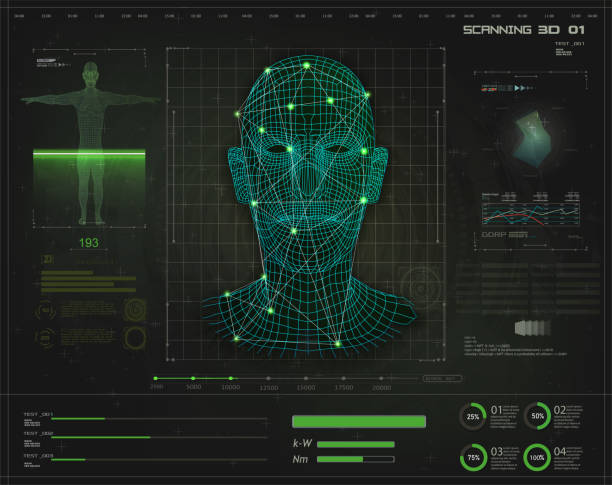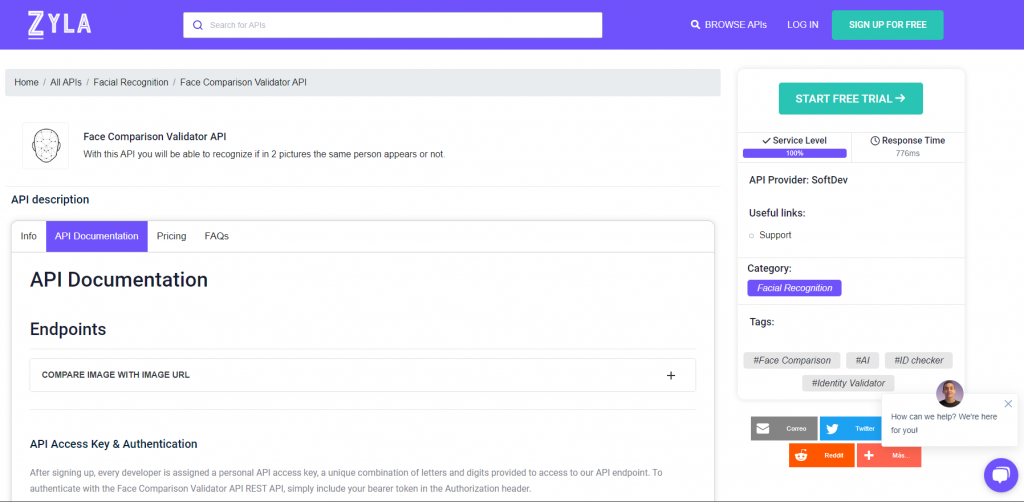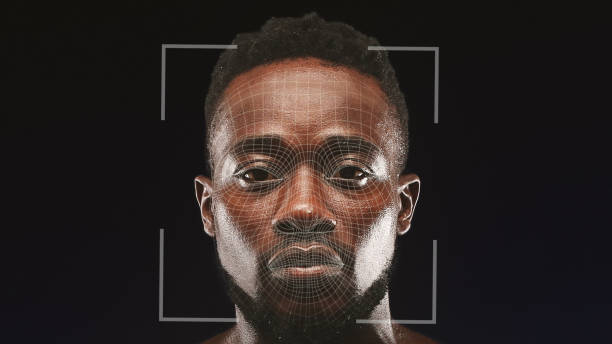Welcome to our post on Identity Validator Technology, where we’ll go deep into this ever-changing topic. Because of its potential to identify people by their looks, facial matching has been one of the most debated subjects in the computer sector in recent years. As this technology advances, its applicability has expanded beyond security systems and is now employed in a wide range of applications, including identity authentication, advertising, and emotion analysis.
However, as face-matching technology has advanced, worries regarding privacy and the security of personal data have emerged. The potential to follow and monitor individuals without their knowledge has sparked heated discussions over how it should be regulated and controlled. In this essay, we’ll look at the ethical and societal consequences of face recognition technology, as well as its influence on our daily lives.
We’ll go into the machine learning algorithms that underpin face-matching technologies and talk about how personal data is gathered, kept, and used. We will also look at present and prospective applications of Identity Validator Technology and weigh the implications.
Join us in an intriguing investigation of face-matching APIs as we attempt to grasp the benefits and threats they pose to our society and privacy.

What Are The Most Important Uses Of This Identity Validator Technology?
An identity validator API is a piece of software that assists businesses and organizations in verifying the identity of their users or customers. The following are the three most popular applications for an identity validator API:
User authentication is one of the most common applications of an identity validator API. This entails confirming that a person is who they say they are, generally by validating their credentials such as login, password, or biometric data (e.g., face recognition, fingerprints). An identity validator API may assist organizations in ensuring that only authorized users access their systems or services, as well as preventing unauthorized access or fraudulent conduct.
Know Your Customer (KYC) compliance: Many organizations are required by law to follow KYC standards, which include validating their clients’ identities. This is especially crucial in businesses where there is a significant danger of fraud and financial crimes, such as banking, finance, and insurance. By confirming client IDs in real-time and identifying any questionable behavior, an identity validator API may assist organizations in automating their KYC compliance process.
Identity validator APIs may also be used to prevent fraud by detecting unusual activity or behavior. An API, for example, may determine whether a user is using a proxy server or a virtual private network (VPN) to conceal their location or identity. It might also check to see whether the user’s device or IP address has already been related to fraudulent behavior. An identity validator API can assist organizations in preventing fraudulent transactions or account registration by spotting these red flags.
So, we will see what is the best option to verify identities through an API…
How Is This API Used, And How Can I Get It?
The API will need you to provide either the publicly viewable picture URL or the image URL, and the AI will take care of the rest. The following intuitive outcome will be obtained:
In the event of a face mismatch, this object will indicate “the two faces belong to different people” or “the two faces belong to the same person” (in the case of a face match).
The percentage of similarity between the two faces is returned by this function.
(Please bear in mind that the photographs provided must be in good condition. That is, the person to be compared’s face must be visible and clear to our AI. Blurry images, several people in the same shot, and unidentifiable faces can all lead to a comparison error.)
For instance, the API returns the following response:
{
“statusCode”: 200,
“statusMessage”: “OK”,
“hasError”: false,
“data”: {
“resultIndex”: 0,
“resultMessage”: “The two faces belong to the same person. “,
“similarPercent”: 0.9042724605108994
},
“imageSpecs”: [
{
“leftTop”: {
“isEmpty”: false,
“x”: 718,
“y”: 195
},
“rightTop”: {
“isEmpty”: false,
“x”: 356,
“y”: 176
},
“rightBottom”: {
“isEmpty”: false,
“x”: 337,
“y”: 538
},
“leftBottom”: {
“isEmpty”: false,
“x”: 699,
“y”: 557
}
},
{
“leftTop”: {
“isEmpty”: false,
“x”: 859,
“y”: 160
},
“rightTop”: {
“isEmpty”: false,
“x”: 511,
“y”: 111
},
“rightBottom”: {
“isEmpty”: false,
“x”: 462,
“y”: 459
},
“leftBottom”: {
“isEmpty”: false,
“x”: 810,
“y”: 508
}
}
]
}

To use it, you must first complete the following steps:
1- Go to Face Comparison Validator API and choose “START FREE TRIAL” to begin using the API.
2- After registration in Zyla API Hub, you will be given your API key.
3- This endpoint will accept the picture URL and provide the comparison results. You’ll be able to discern if the two images are of the same individual.
4- After you’ve located the needed endpoint, make the API call by clicking the “run” button and viewing the results on your screen.
Related Post: The Benefits Of A Facial Recognition API For Your Business

